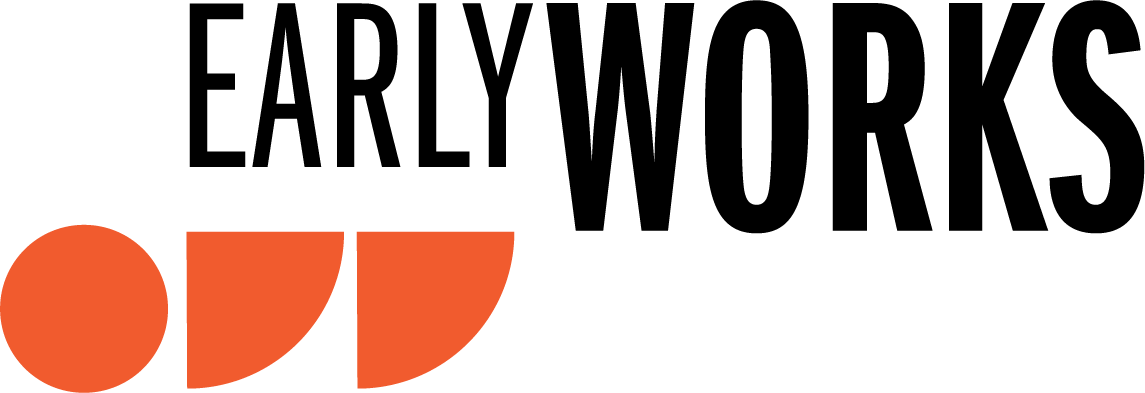The Power of Three: Scaling Meaningful Women’s Participation on Corporate Boards
This is the first in an ongoing series about increasing the participation of women and underestimated groups in governance roles.
When you’re the only one, you’re a token. When it’s two of you, you’re talking to each other. It takes three of us to make a difference. While this refers to inclusion of women on public boards, it’s an instructive point for all groups, and it answers an important question: what does it take to create a shift in the power dynamics of governance structures?
Participation matters. Just as with voting or taking part in the Census, women’s participation in public life, on all varieties of boards and in leadership roles in organizations ensures stronger returns and better societal outcomes.
If inclusion drives innovation, participation and profits, why then are women so underrepresented? Only eight percent of corporate board membership in the US are women, according to Catalyst. Catalyst is the “global nonprofit working with some of the world’s most powerful CEOs and leading companies to build workplaces that work for women.” Worldwide, women represent only 17 percent of board seats. Some countries have quotas. In 2009, Norway mandated that women make up 40 percent of boards, for example. Others use soft regulations where companies must comply in principle or explain why they aren’t diverse, as in Australia and Hong Kong. Wherever inclusion is mandated or even softly encouraged, participation soars. By some estimates, it will take up to 40 years to achieve gender parity in boardrooms. That change won’t happen at all, though, unless we believe it’s worth pursuing or until it’s mandated by law.
Women have a new window of opportunity to join corporate boards. For one thing, a new law in California will create a demand for us, and women don’t have to be California residents to benefit from it.
SB 826, requires at least one woman on boards that have four members or less, two women on boards of five people and three women on boards of six or more. The companies have three years to find these directors before the 2021 deadline hits. California public companies need to fill 700 seats with women by end of 2021
Recently, I participated in a Women on Corporate Boards Summit in Dallas, part of the German Marshall Fund’s Alumni Action Projects. At that groundbreaking event, our group of 28 women delved into the many facets of governance of public companies. Among the phenomenal presenters, we met Rika Nakazawa, founder and CEO of BoardSeatMeet, a non-profit focusing on gender-balancing corporate boardrooms by empowering women to build and leverage social capital with modern technology. Nakazawa’s work is going to help public companies in California meet their goal of one woman on board, but it will also start to enable high-performing women to meet and join public boards across the United States.
BoardSeatMeet, Catalyst and others are among those seeking to make women’s participation on boards accessible and possible. I would encourage any woman reading this right now to also think about her own possibilities and seek out opportunities like board service. Why not you? And remember, it takes three of us on a board to shift the culture of the group.
I plan to write about networks next. Send me your thoughts or questions about how to build a warm network that advances your leadership, nicole@earlyworksllc.com.
Huge thanks to Joanna Ridgway, Vicki Blanton and Kristen Laughlin, for organizing the #GMFAction event and for championing this topic and committing to advancing women’s leadership.






